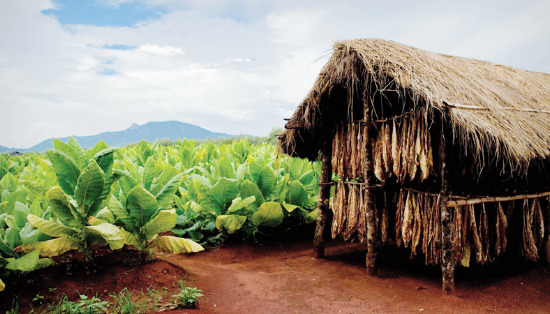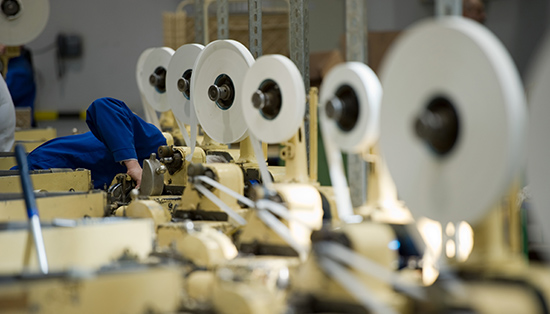Supply chain
Building sustainable supply chains
JT International(JTI), the headquarters of our tobacco business located in Switzerland, was assessed by EcoVadis, the leading sustainability intelligence platform for global supply chains. Based on the quality of our sustainability management system, JTI scored in the top 1% of companies who also completed the EcoVadis assessment within the previous 12 months. Working toward creating a better future for people and the planet takes real action and change. This is a recognition of our collective efforts to integrate sustainability across every aspect of our business practices.
Read about our sustainability target and progress related to Responsible Supply Chain Management on the JT Group Sustainability Target and FY2024 results.
Read more about our Supply chain policies and standards.
Reducing our environmental impact in the tobacco value chain
Read more about our initiative to reduce Greenhouse gas emissions.
Read more about our initiative on Forestry and Sustainable agriculture.
Read more about our initiative on Waste management.
Read more about our approach to environment on JT International website.

